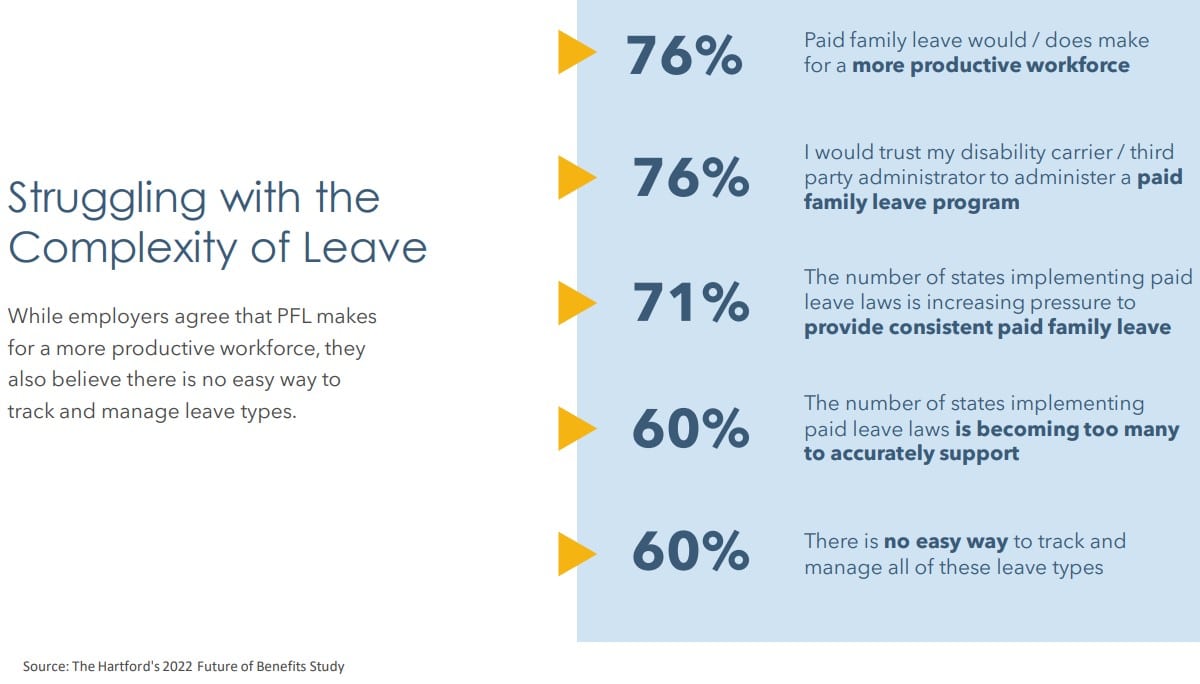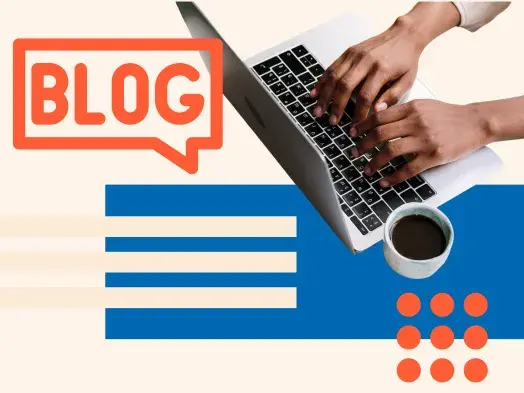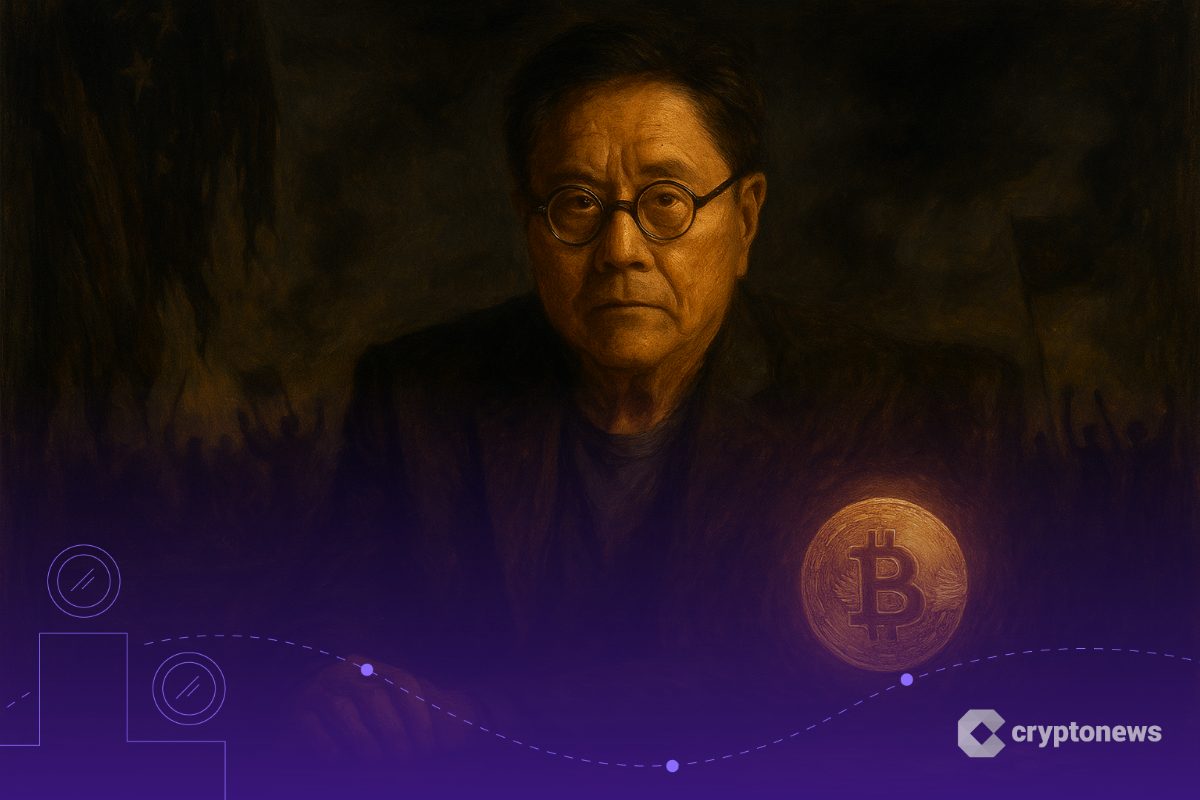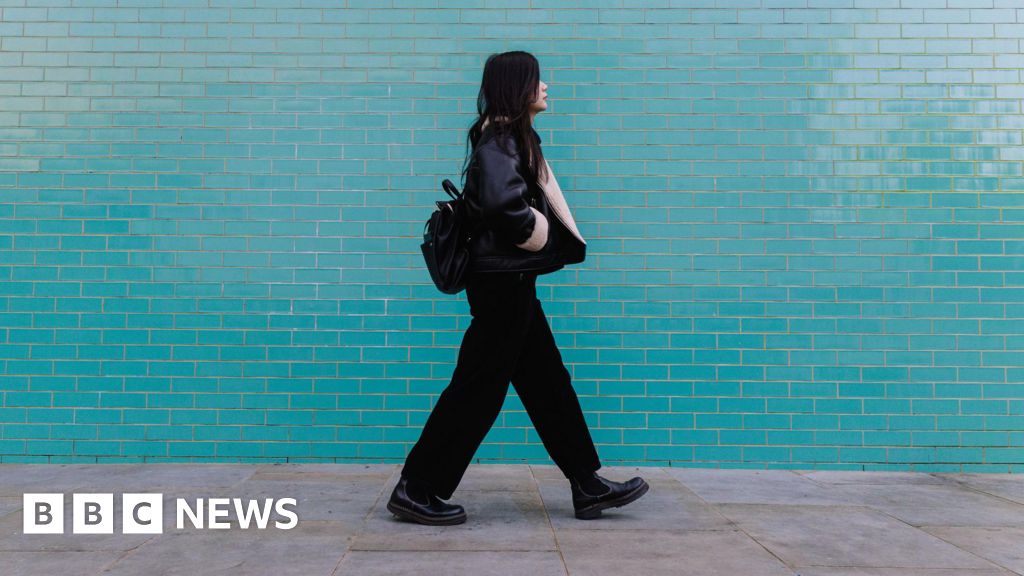The pace of work is accelerating faster than humans can keep up, and it’s hurting innovation, according to a new report from Microsoft.
The solution? Next-generation artificial intelligence, which will lift the weight of work, says the company in its 2023 Work Trend Index, entitled Will AI Fix Work? Employers that move first to embrace AI will break the cycle—increasing creativity and productivity among their workforces.
To get to that conclusion, Microsoft surveyed 31,000 people in 31 countries and analyzed trillions of Microsoft 365 productivity signals, along with labor trends from the LinkedIn Economic Graph.
“This new generation of AI will remove the drudgery of work and unleash creativity,” says Satya Nadella, chairman and CEO, Microsoft. “There’s an enormous opportunity for AI-powered tools to help alleviate digital debt, build AI aptitude and empower employees.”
How big a role will AI, ChatGPT have in tasks like recruiting?
The report comes as the employer implications of AI-powered tool ChatGPT continue to dominate discussions about the workplace. In particular, such tools are predicted to have a significant role in HR tasks like recruiting.
Joe Whittinghill, corporate vice president, Talent, Learning and Insights at Microsoft, says HR is in a unique position to help organizations encourage stronger AI aptitude through learning.
“With 82% of leaders saying their employees will need new skills to be prepared for the growth of AI, there is a huge opportunity for HR to leverage learning capabilities to upskill the workforce as the landscape continues to evolve,” he says.
Microsoft report’s three primary insights
The report offers three primary insights for business and HR leaders as they look to understand and responsibly adopt AI for their organizations:
Digital debt is hindering innovation: According to the report, “digital debt”—defined as the volume of data, emails and chats—has outpaced workers’ ability to process it all. The opportunity for AI, Whitinghill says, is in addressing the “low-value, repetitive tasks, inefficient meetings, time spent searching for information, the sheer volume of email and chats that impact everyone.” Every minute spent managing this digital debt, the idea goes, is a minute not spent on creative work. Microsoft reports that 64% of employees don’t have enough time and energy to get their work done, and those employees are 3.5x more likely to say they struggle with being innovative or thinking strategically. The average Microsoft 365 user, for example, spends 57% of their time utilize the tool communicating and only 43% creating.
There’s a new AI-employee alliance: For employees, the promise of relief outweighs job loss fears, while managers report looking to empower employees with AI, not replace. Forty-nine percent of employees surveyed by Microsoft say they’re worried AI will replace their jobs, but 70% would delegate as much work as possible to AI in order to lessen their workloads. In fact, leaders are two times more likely to say that AI’s productivity boost would be more valuable than cutting headcount.
Every employee needs AI aptitude: To rely on AI to boost productivity, it’s not just tech experts who will need new core competencies such as prompt engineering in their day-to-day work. Plus, as of March, jobs on LinkedIn in the U.S. mentioning GPT have increased by 79% year-over-year.
See also: 5 important takeaways from Microsoft’s HR strategy
Microsoft VP: AI-infused tools will free up time for workers
Whittinghill adds that infusing AI into work tools will help free up time for employees to focus on higher-impact, creative work, and that will drive a positive cultural impact across an organization.
“Microsoft believes these AI tools will enable people to accelerate a culture evolution by allowing employees to achieve greater productivity, growth and satisfaction in the work they do,” he says. “When people are freed from repetitive or tedious tasks, it results in more meaningful work, unlocking creativity, and fostering an environment for human connection.”
Credit: Source link










